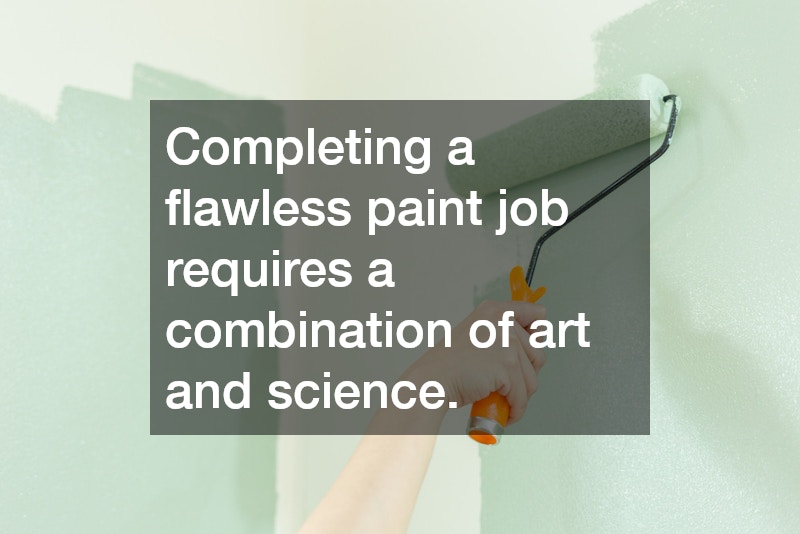
When it comes to transforming a living space, few things can rival the impact of a fresh coat of paint. An interior painter plays a crucial role in this transformation, turning drab walls into vibrant canvases that reflect the personality and style of the homeowner. But what goes into completing a flawless paint job? Let’s delve into the steps and techniques that interior painters use to ensure the highest quality results.
Preparation: The Foundation of a Great Paint Job
Before any paint is applied, thorough preparation is essential. A professional interior painter knows that the quality of the final result hinges on the groundwork laid in this initial phase. Here are the key steps involved in preparation:
- Assessment of the Space: An interior painter begins by assessing the area to be painted. This involves checking for any repairs that need to be made, such as filling in holes, sanding rough spots, or dealing with water damage. A well-prepared surface is crucial for paint adhesion.
- Clearing the Area: The next step is to clear the space of furniture and decor. If moving items is impractical, they may be covered with drop cloths to protect them from dust and paint splatter. This not only ensures a cleaner work environment but also contributes to the overall efficiency of the project.
- Surface Cleaning: Walls can accumulate dust, grease, and grime over time. A professional interior painter will clean the surfaces to ensure that the paint adheres properly. This step often involves washing the walls with a mild detergent or using a specialized cleaner for stubborn stains.
- Repairs and Priming: Once the walls are clean and dry, any necessary repairs are completed. This might include patching holes or cracks and sanding down rough areas. After repairs, a coat of primer is applied. Primer helps to seal the surface and provides a uniform base for the paint, especially when covering dark colors or stains.
Choosing the Right Tools and Materials
An interior painter knows that the tools and materials used can significantly affect the outcome of the paint job. High-quality paints, brushes, and rollers contribute to a smoother finish and better durability. Here are some considerations:
- Paint Selection: The choice of paint is crucial. Interior painters often recommend high-quality, low-VOC (volatile organic compounds) paints, which are not only better for indoor air quality but also provide excellent coverage. The finish—matte, eggshell, satin, or semi-gloss—depends on the look desired and the function of the room.
- Tools of the Trade: The right brushes and rollers can make a significant difference. For smooth surfaces, a high-density foam roller is ideal, while brushes with angled edges are perfect for cutting in around trim and edges. An interior painter will also use painter’s tape to achieve crisp lines and protect areas that should not be painted.
The Painting Process: Techniques for a Flawless Finish
With preparation complete and materials gathered, the interior painter is ready to begin painting. Here are some techniques they employ to ensure a flawless finish:
- Cutting In: The painter starts by cutting in around edges, corners, and trim with a brush. This requires a steady hand and attention to detail, as this step creates the clean lines that will define the room.
- Rolling the Walls: After cutting in, the interior painter uses a roller to cover the larger wall areas. The key is to apply paint in a “W” pattern, ensuring even distribution and minimizing roller marks. The painter works in sections, allowing the paint to blend seamlessly as they go.
- Multiple Coats: Most professional painters will apply at least two coats of paint to achieve an even, vibrant finish. The first coat serves as a base, while the second coat enhances color depth and uniformity. Each coat must be allowed to dry fully before applying the next, which is essential for achieving the desired finish.
Conclusion: The Art and Science of Painting
Completing a flawless paint job requires a combination of art and science. An experienced interior painter understands that meticulous preparation, the right materials, and precise techniques are key to achieving a stunning result. Whether refreshing a single room or transforming an entire home, the skills and knowledge of an interior painter can elevate a space, making it a true reflection of the homeowner’s vision. When you see a beautifully painted room, you can be sure that a dedicated interior painter has put their heart and expertise into creating that masterpiece. Be sure to reach out to a reputable and experienced painter for more helpful tips!
.





